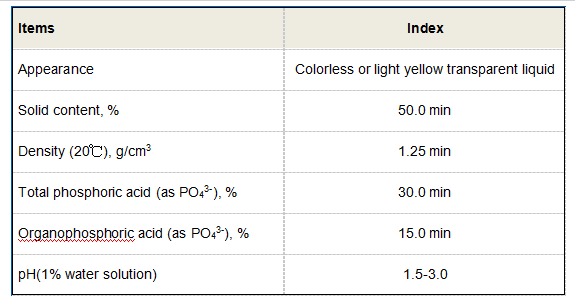coagulant flocculant
Understanding Coagulants and Flocculants Key Players in Water Treatment
In the quest for clean water, industries and municipalities increasingly rely on coagulants and flocculants. These chemical agents play a crucial role in water treatment processes, removing impurities and ensuring the provision of safe drinking water. While they may sound similar, coagulants and flocculants serve different functions in the treatment process. Understanding their roles, mechanisms, and applications is vital for effective water management.
What Are Coagulants?
Coagulants are substances that promote the aggregation of particles suspended in a liquid. Specifically, they destabilize colloidal suspensions, allowing smaller particles to clump together into larger aggregates. This process is known as coagulation. Commonly used coagulants include aluminum sulfate (alum), ferric chloride, and polyaluminum chloride.
The coagulation process begins with the addition of coagulants to the water. When introduced, these substances neutralize the negative charges on suspended particles, which prevents them from repelling each other. As a result, micro-flocs are formed. The optimal conditions for coagulation are typically pH-dependent and require careful monitoring to ensure maximum efficacy.
What Are Flocculants?
Flocculants, on the other hand, are substances that help in the agglomeration of the micro-flocs generated during coagulation. They are larger molecules, often polymers, that facilitate the binding of these tiny particles into larger clusters or flocs. Some common flocculants include polyacrylamide and various natural polymers like starch or guar gum.
The action of flocculants occurs after coagulation, where they enhance the settling process. This step is crucial for achieving clear water. The larger flocs tend to settle more quickly due to gravity, which allows for easier removal during sedimentation processes. Flocculants improve the overall efficiency of various water treatment systems by ensuring that more particles are removed, leading to clearer, cleaner water.
The Coagulation-Flocculation Process
The coagulation-flocculation process is an essential step in water treatment facilities, whether for drinking water, wastewater, or industrial applications
. The typical process begins with screening to remove larger debris, followed by coagulation and flocculation.coagulant flocculant

1. Coagulation Coagulants are added, and thorough mixing occurs to ensure uniform distribution. This step is usually rapid and short. The destabilization of particles leads to the formation of micro-flocs.
2. Flocculation After coagulation, the flow rate is slowed, allowing the micro-flocs to collide and form larger flocs. This process can take several minutes to hours, depending on the treatment system. Gentle mixing is typically applied to encourage the growth of flocs without breaking them apart.
3. Sedimentation Following flocculation, the water is allowed to sit undisturbed so that the larger flocs can settle out. The result is the separation of sediment from clearer water, which can then undergo further treatment or disinfection.
4. Filtration and Disinfection After sedimentation, the clear water may be filtered to remove any remaining particles and then treated with disinfectants such as chlorine or ultraviolet light to eliminate pathogens.
Applications and Importance
Coagulants and flocculants are widely used across various sectors, including municipal drinking water treatment, wastewater management, and industrial processes. Proper application of these chemicals not only enhances the physical quality of water but also plays a crucial role in protecting public health and the environment.
In municipal systems, effective coagulant and flocculant usage can reduce operational costs, minimize the need for land for settling basins, and improve overall water quality. With growing concerns about water scarcity and pollution, the significance of these agents in ensuring safe and reliable water sources cannot be overstated.
Conclusion
In summary, coagulants and flocculants are indispensable components of modern water treatment processes. By working together in a systematic manner, they help produce clean, safe water and contribute significantly to public health and environmental sustainability. Understanding their functions and applications is essential for effective water management in an increasingly water-scarce world.
-
Pbtc Scale InhibitorPBTC: A Scale Protector for Industrial Water TreatmentNewsAug.05,2025
-
Organic Phosphonate: An Efficient Defender in the Field of Scale InhibitionNewsAug.05,2025
-
Hydrolyzed Polymaleic Anhydride: Green Pioneer in Scale Inhibition FieldNewsAug.05,2025
-
PAPEMP Polyamino Polyether Methylene Phosphonic Acid For SaleNewsAug.05,2025
-
Flocculant Water Treatment: A Pioneer in Purification in the Field of Water TreatmentNewsAug.05,2025
-
Benzyl Isothiazolinone: An Efficient and Broad-Spectrum Antibacterial Protective GuardNewsAug.05,2025





